How to Plant the Right Papaya
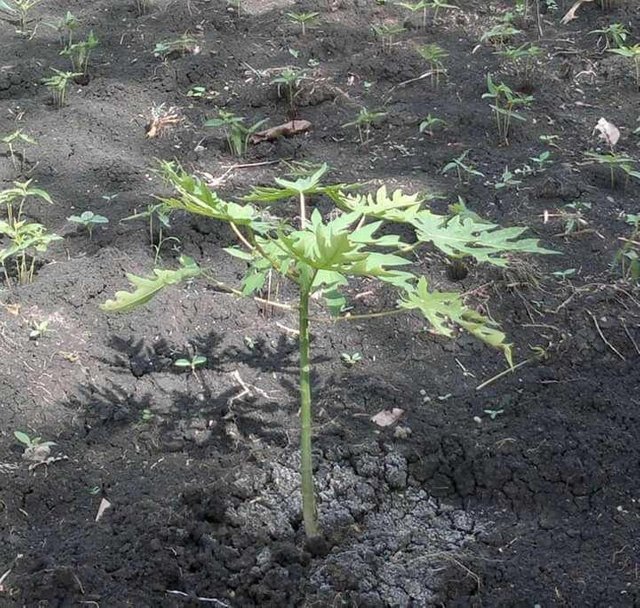
Lately a lot of us find how to plant papaya, but I think maaih much less maximum in planting this plant.
With this I will explain how to plant papaya plants in the right way, let's discuss how.
Papaya (Carica papaya) is a tropical fruit. This plant is believed to come from the tropics of the Americas. From this place spread to some parts of the earth. Papaya cultivation can be done in the lowlands to an altitude of 1000 meters above sea level. But the height of optimal land ranges from 50 to 700 meters above sea level. This plant requires approximately 1000-2000 mm of rainfall per year which is evenly distributed throughout the year. In dry seasoned areas papaya trees can still be tails with the help of regular watering.
Good soil drainage is very necessary in the business of papaya cultivation. Puddles of water will cause rooted roots in papaya plants. These plants require loose soil with good porosity and a soil pH of approximately 6-7. Papaya is a shrub that can grow up to 3 meters. Papaya stems are hollow, the tissue is soft and watery. This plant has tapering roots and soft side roots. The root growth is shallow and rather weak. Papaya flowers grow on the leaf armpits, both in the form of single flowers and sequences. There are three types of papaya flowers, namely male flowers, female flowers and perfect flowers (have pistil and stamens aka hemafrodit).
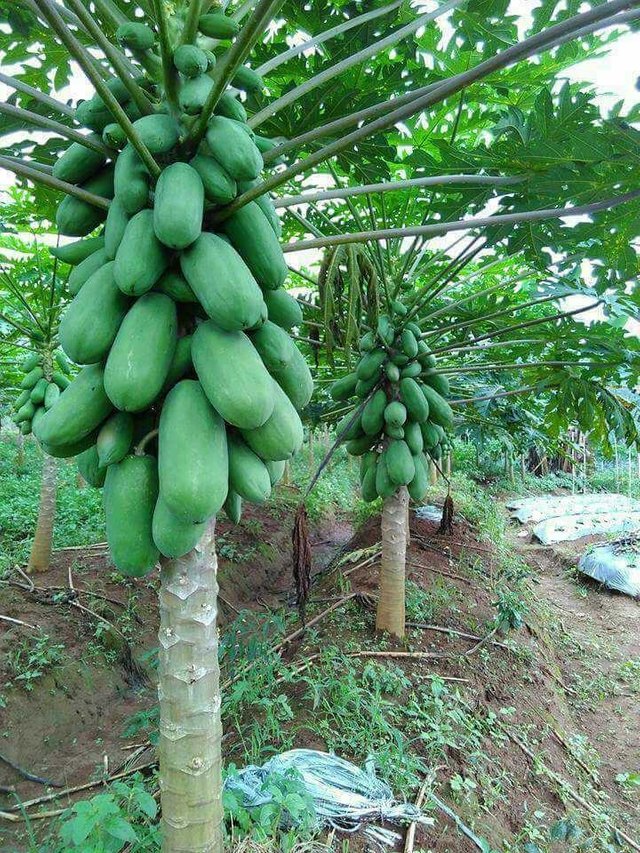
How-to-Plant-Papaya
Type of Papaya Type
- Papaya Male.
This papaya tree has compound flowers that are long stemmed and branched. The first flower is available at the base of the stalk. The characteristics of male flowers are white / going to be a rundimeter fruit headless, stamens are perfectly arranged.
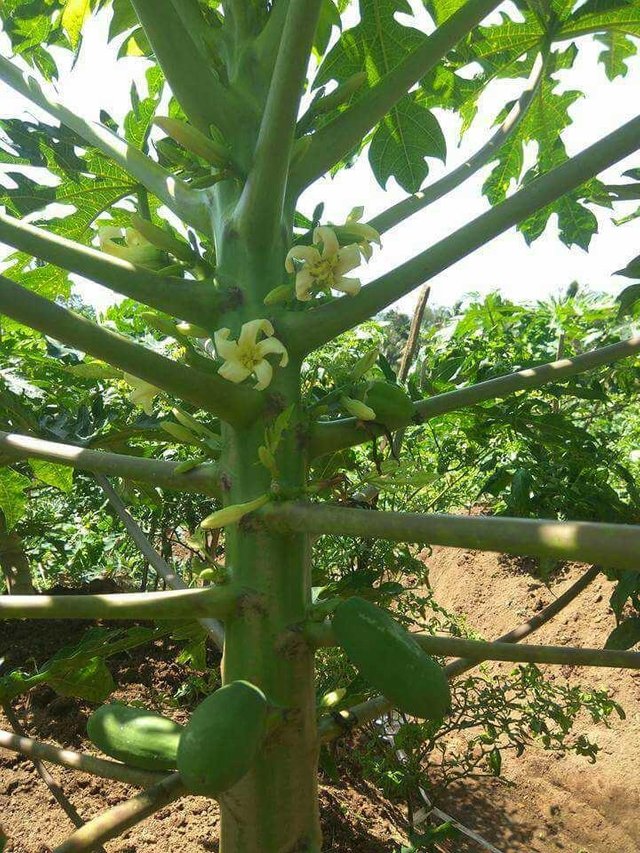
- Female Papaya.
This papaya has compound flowers which means that there are several flowers available in one flower stalk. Flower stalk is very short & available small & large female flowers. Big flowers will be fruit. Having a perfect fruiting, but not having stamens, usually blooms throughout the year.
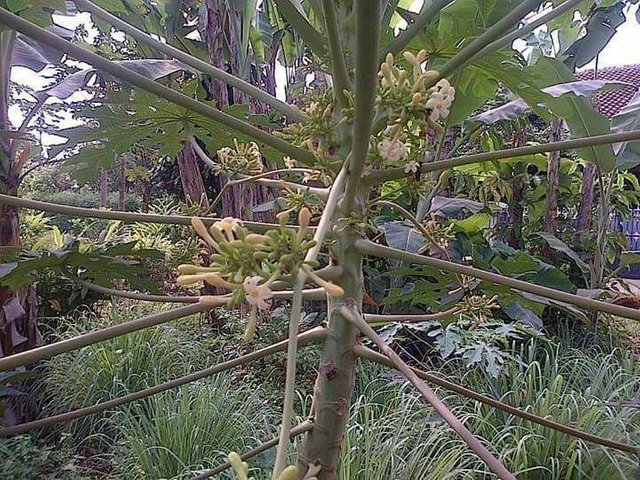
- Perfect Papaya.
Having a perfect flower arrangement, will fruit & stamens can meperbuat own pollination can be planted alone. There are 3 types of perfect papaya, namely: 5 stamens & round fruit will; Berari 10 & oval fruit; 2 - 10 stamens & fruit shrinkage; Papaya is perfect to have 2 groups: Who can flower & tails throughout the year. Seasoned tails.
Ripe fruit is famous as a "fruit table", not only for desserts as well as suppliers of nutrients / nutrients especially vitamin A & C. Pepper ripe fruit that is easily damaged needs to be processed into food such as papaya juice, papaya dodol. dlm papaya fruit industry is not rarely used as raw material for making tomato sauce (mixer) that is to add flavor, color & vitamin levels. In the food industry, the root can be used as a cure for kidney & bladder pain.
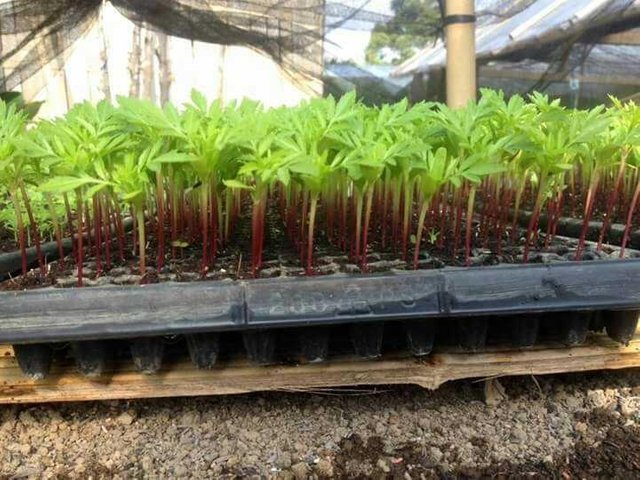
The leaves are a cure for malaria, stomach cramps & hot pain. Even the youthful leaves are dilalap & to increase appetite, and can cure diseases beriberi & to arrange chicken rations. Young fruit stems & leaves contain white sap which contains protein-breaking enzyme called "papaine" so can melakakan meat for cosmetic ingredients & used in beverage industry (pengernih), pharmaceutical & textil industries. White papaya flowers can be arranged & used as a "flower necklaces" substitute jasmine flowers alias often built urap. The trunk can be used as a feed mixer through slicing & drying process. [Papaya use]
Wind is required for the pollination of flowers. The wind that is not too fast is perfect for plant growth. Papaya plants thrive in areas that have rainfall 1000-2000 mm / year. Optimal air temperature is 22-26 degrees C. Air humidity is approximately 40%.
Good soil for papaya plants is fertile soil & not least contain humus. The land is obliged not to hold a little water & loose. The ideal soil acidity (pH) is neutral with pH 6-7. The content of water in the soil is an important condition in the cultivation of this plant. Stagnant water can invite fungal diseases of root roots until plants wither (dead). If the dryness of the water, the name of the garden will be thin, leaves, flowers & fruit fall out. The ideal water height is less than 50-150 cm from the ground.
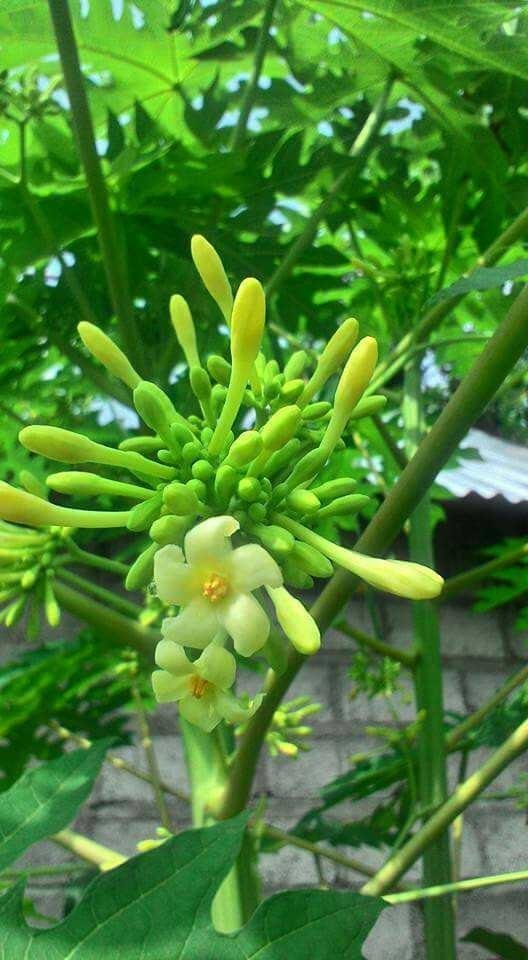
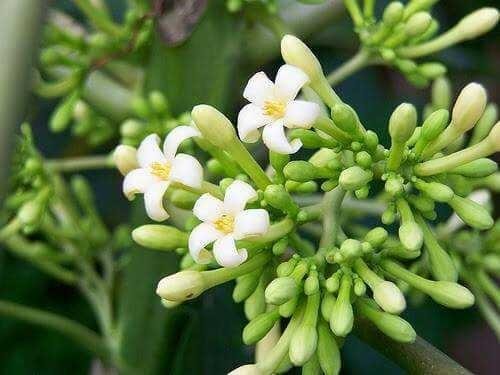
Choose a papaya tree that blooms continuously, choose which flower elongata and almost bloom.
Flower wraps use plastic bags so that they are not pollinated by other flowers naturally.
When the flowers bloom, do artificial pollination with selected male flowers by means of polished the upper part. With this artificial pollination, elongata breeds will be produced in a ratio of 1: 2. Elongata flowers pollinated by male flowers will produce male, female, and perfect (hermaphrodite) seeds in the same amount.
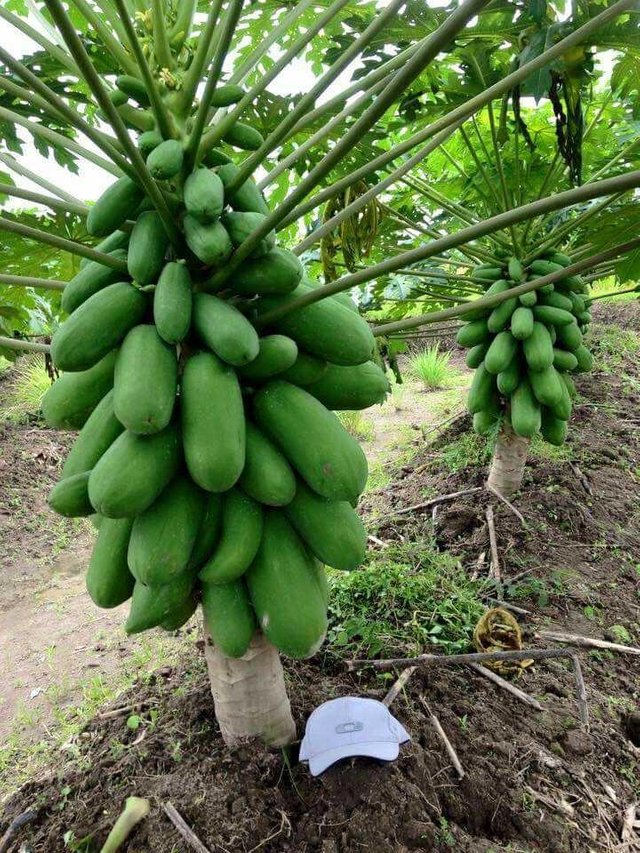

Once cooked perfectly, the fruit from the crossing is picked. After picking, the fruit is cut 1/3 part at the base. Seeds 2/3 parts of fruit to the end are suitable for seed use.
Cut the two papaya pieces transversely, remove the seeds, then wash thoroughly the membrane that covers the seeds clean. Next, dry the seeds in the shade.
In addition, the seed membranes can also be cleaned by fermentation. The trick is to leave the seeds for 2-3 days. Then, wash with running water, so clean of the membrane covering. After cleaning, the seeds are dried so that the seed growth is fast and uniform.
may be useful :)
===========================================

